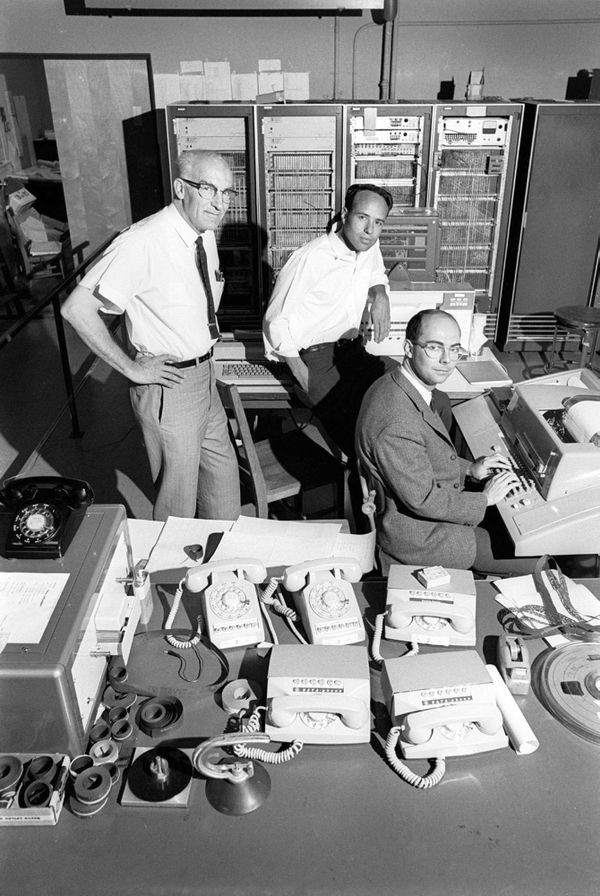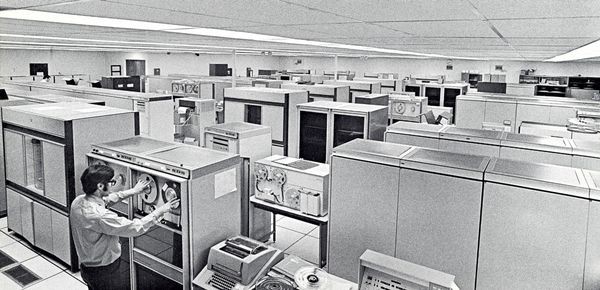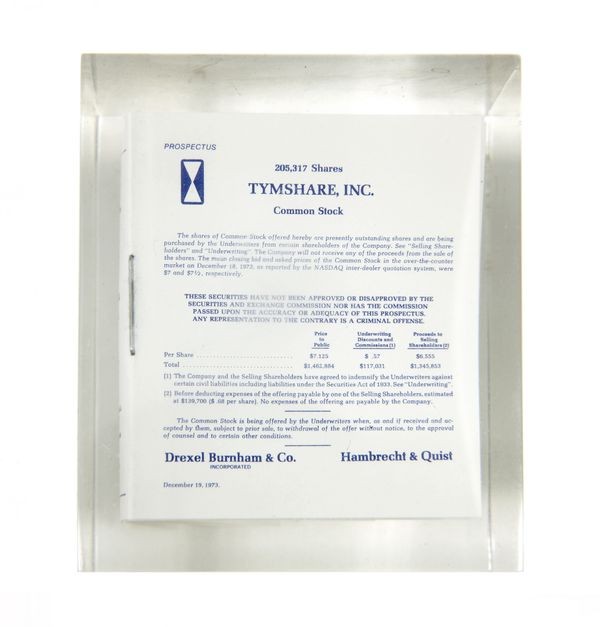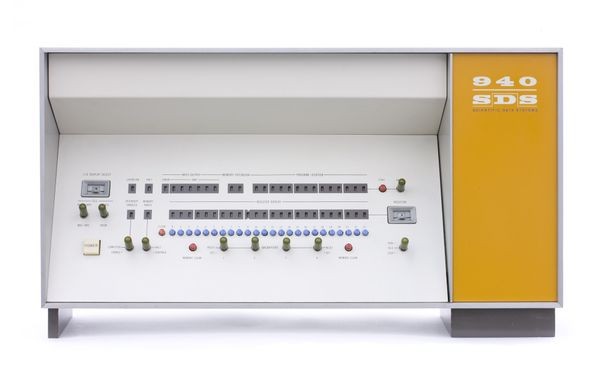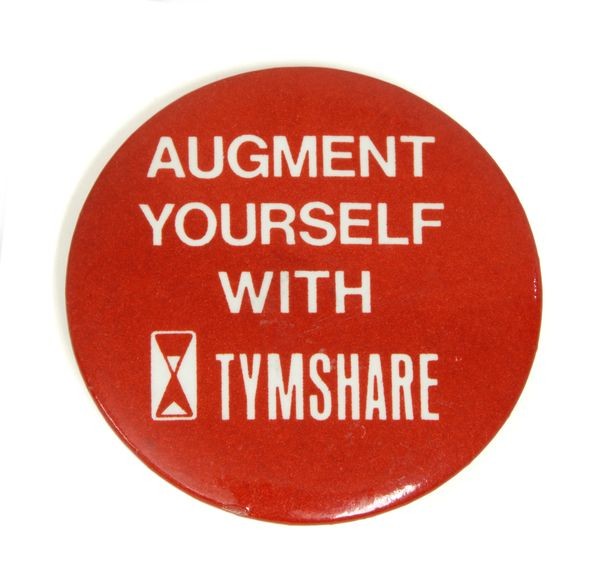Timesharing as a Business
Tymshare co-founder Tom O’Rourke
Tom O’Rourke visited the trading floor of the New York Stock Exchange when Tymshare was first listed.
Timesharing as a Business
Growing demand for computer time by smaller businesses and institutions fueled a timesharing boom. Between 1964 and 1969, roughly 150 companies formed to provide timesharing services.
Project Genie, at the University of California, Berkeley, developed hardware and software used by several of these new companies, including Tymshare, America’s best-known timesharing provider.
Schematic of Tymshare’s Tymnet network
This engineer’s schematic diagram shows an early stage of Tymshare’s proprietary Tymnet data-communications network.
View Artifact DetailProject GENIE researchers Paul Morton, Mel Pirtle and Wayne Lichtenberger (l-r)
Project GENIE created the SDS 940 computer as a modification of the 930 specifically for timesharing.
View Artifact DetailTymshare machine room
Tymshare began by using Scientific Data Systems’ SDS 940s, the computers developed by the University of California’s Project GENIE. By 1972, Tymshare operated 23 SDS 940 computers.
View Artifact DetailTymshare Prospectus paperweight
Tymshare prospered, went public in 1970, and had almost 3000 employees by 1978. But the rise of minicomputers and a recession in the early 1980s reversed that trend, and Tymshare disappeared in a series of corporate mergers and spinoffs.
View Artifact DetailTI Silent 700 terminal
This popular, portable Silent 700 gave computer-savvy “road warriors” a way to stay connected to their timesharing computers — but only at 300 bits per second with a phone handset pressed into the acoustic coupler. Heat-sensitive paper made it “silent” compared to older teletypewriters.
View Artifact DetailSDS 940 Computer - console
The 940, designed by UC Berkeley’s Project Genie, added paged virtual memory to an SDS 930 to create a timesharing computer. Tymshare, SRI’s influential “oN-Line System” (NLS), and the Berkeley Community Memory bulletin board system used 940s.
View Artifact Detail“Augment Yourself with Tymshare” button
Tymshare began providing mainframe timesharing in 1964. It morphed into a complete “computer utility” by building a network called Tymnet using minicomputers as nodes, and by acquiring other companies. Tymnet provided services for sales, marketing, manufacturing, and finance to thousands of companies.
View Artifact Detail

